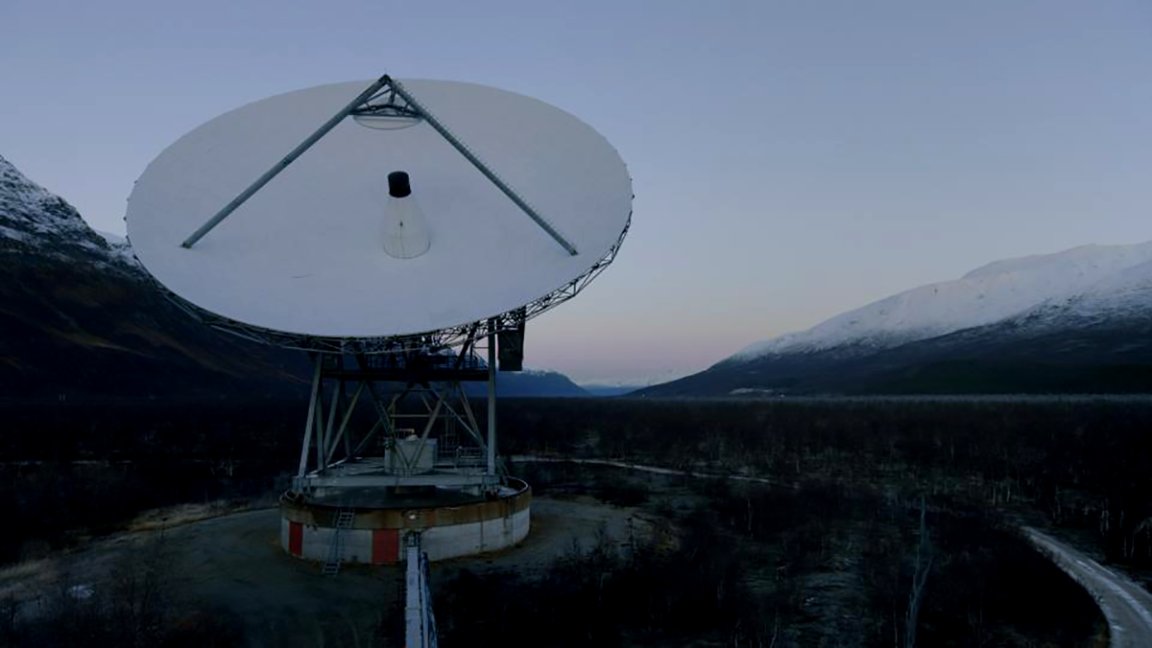
Reaching Out
They say that the key to a good relationship is communication, a belief that members of San Francisco-based nonprofit Messaging Extraterrestrial Intelligence (METI) International seemed to uphold when they sent their latest interstellar messages, by radio, to a nearby star system.
The new project targets the GJ 273 system (also known as Luyten’s star), only 12.36 light years from Earth. Dubbed as “Sónar Calling GJ 273b,” the project is a partnership with the Institute of Space Studies of Catalonia in Spain and the Barcelona-based music, creativity, and technology festival known as Sónar. GJ 273b is one of the two known planets around Luyten’s star, and it’s thought to be capable of hosting life.
Aside from hoping to receive a reply from denizens of GJ 273, the project could lay the foundations for a potentially new approach in searching for extraterrestrial life in the cosmos. “It is a prototype for what I think we would most likely need to do 100 times, or 1,000 times, or 1 million times,” METI president Douglas Vakoch explained to Space.com.

The interstellar messages, which include a scientific and mathematical tutorial and 33 short musical compositions from Sónar artists, were sent in binary code using two different radio frequencies on October 16, 17, and 18. The signals were beamed using the European Incoherent Scatter Scientific Association’s (EISCAT) 32-meter-wide (105-foot-wide) radio antenna in Tromsø, Norway. Given that GJ 273 is relatively close, at least in universal terms, we could potentially see a reply from any residents within our lifetime; the travel time for any electromagnetic-wave message between our planets will be a bit over twelve years.
“To me, the big success of the project will come if, 25 years from now, there’s someone who remembers to look [for a response]. If we could accomplish that, that would be a radical shift of perspective,” Vakoch added.
Anyone Out There?
Dubbed as the “active search for extraterrestrial intelligence (SETI),” METI’s approach in trying to contact alien life doesn’t just involve the usual tuning in and listening for signals that are potentially alien in nature, which is what “traditional” SETI does.

METI’s more active approach, however, has generated controversy. Theoretical physicist and cosmologist Stephen Hawking warned that their strategy could expose the Earth to a less-than-friendly super-advanced alien civilization. Hawking said that a first contact with E.T. might lead to a situation similar to when Native Americans first encountered 15th century explorers, which “didn’t turn out so well” for the former.
Vakoch, however, said that there’s no need to worry, especially since TV and radio signals have been escaping the Earth for more than 50 years now. As of yet, it appears these signals haven’t yet been picked up by any alien civilization out there, hostile or otherwise.
“It’s really hard to imagine a scenario in which a civilization around Luyten’s star could have the capacity to come to Earth and threaten us, and yet they’re not able to pick up our leakage radiation,” he told Space.com, noting the proximity of Luyten’s star to Earth. Vakoch also previously told Futurism that Hawking’s ideas about alien life is somewhat flawed.
“If you really think there’s a potential of killing 7 billion people because the aliens get ticked off by hearing ‘I Love Lucy’ and send their interstellar battlewagons here to wipe us out, just in a fit of pique… If you really think that, then you better turn off all radars — not for the weekend, not for this year, you better turn them off forever,” added Seth Shostak, senior SETI Institute astronomer, in an interview with GeekWire.
To date, humanity has sent 11 radio messages into space, with the Sónar message becoming the 12th. The most popular among these, perhaps, is the Arecibo message sent in 1974, which included formulas for the chemicals and compounds that make up DNA. METI is also planning to send another message in 2018, this time to another nearby exoplanet orbiting Proxima Centauri.